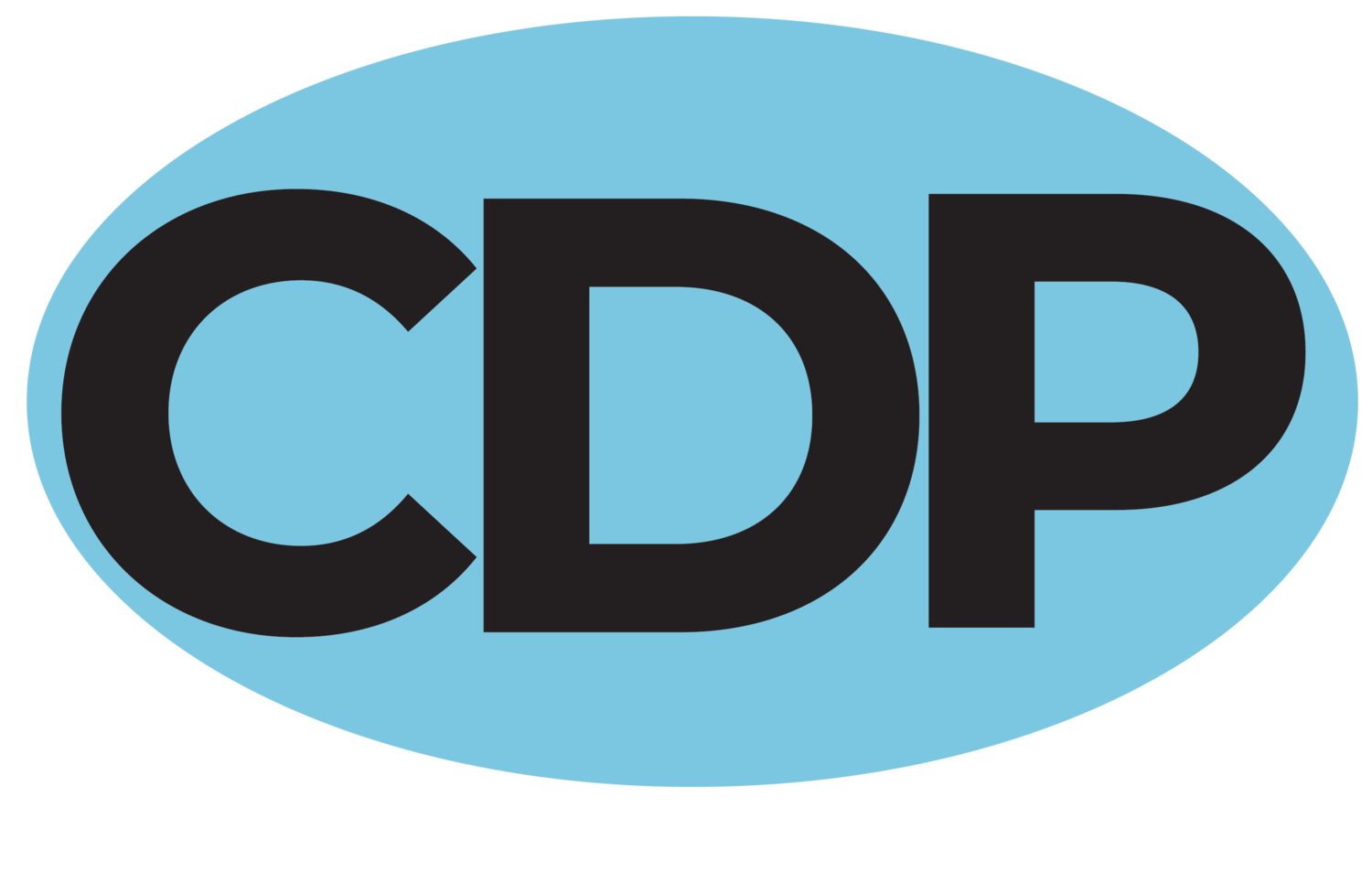Excerpts Series: Financial Statements 101
In this particular session, In this session, our goal for you is to gain a better understanding of relevant accounting terminology and how to read key financial reports. Both of these areas are going to be indispensable factors in using financial reports proficiently, helping you make sound fiscal decisions.
How do we get cash?
There are two times we at CDP get calls about financial statements — when the board is falling apart and when the organization is running out of money. That's when people realize they need some help in this area. Key questions we get sound like:
“How do we get cash?”
“How can we bring in more money?
“How can we raise funds?”
“Where can I go get a grant to get …?”
“Where can I do a fundraising event that's going to draw in all these dollars that we need to run our organization?”
We spend a lot of time in our organization answering these questions. How much time do you spend within your organization talking about how to bring in more money? If you’re like most nonprofits, that amount of time is probably pretty high.
How do we handle the money we have?
As nonprofits, we don't usually spend as much time this area. It would be a good homework assignment to think about these first two questions in light of your organization and even to talk with your executive team or your board about these two questions: How much time do we spend talking about bringing in more money? AND How much time do we spend talking about handling the money? Good key questions.
Most nonprofits spend a whole lot more time talking about getting rather than handling it. We need to make sure, as we are leading nonprofits, that we talk just as much, if not more, about managing the funds we have. Handling the dollars that we are charged with stewarding. So important.
Why does how we handle the money we have matter?
There's always going to be federal reporting. If you're a 501(c)3 unless you're a church, you're doing a 990 — a once a year snapshot of how your money has come in and where you spent it. It's a tax return for nonprofits organizations.
A 990 is the federal government's way of saying, “We're checking and making sure that you're accounting for the money that comes in.”
As nonprofits we have to account for that. Most states require some level of reporting and they're all different with how they do that. In our home state of Ohio, the Attorney General's office has a charity database. They require that all nonprofits sign in and give a report every year. So the same time we're reporting federally, we have nonprofits reporting at the state level. It is important for you to know what your state requires in terms of how you report the money.
You also have accountability to your donors. If people are giving you money to run the organization, if they're donating to you by contributing and investing in your work, there needs to be some accountability of where their dollars are going. You have to able to show them the impact of the monies that you're bringing in through them. Also funders, like grantors, often have a deliberate way they want you report.
Nonprofits have lots of people who are contributing that want to know how we're spending the money, so it's important that we know how we're handling the money in order to answer their questions well. It's also just good, responsible, organizational management.
We want to make sure that we have a good handle on how money is handled both coming in and going out. Our goal at CDP with nonprofits is to — get organized (understanding financial reports is a part of that) — and to get funded. We want nonprofits, including you, to get the resources that you need, but for ongoing sustainability you need to make sure you're stewarding, handling and managing those dollars appropriately, as well as planning well for the future. How you handle your money impacts all of the different parts of your organization. It's really critical that we have a good grasp in this area.


